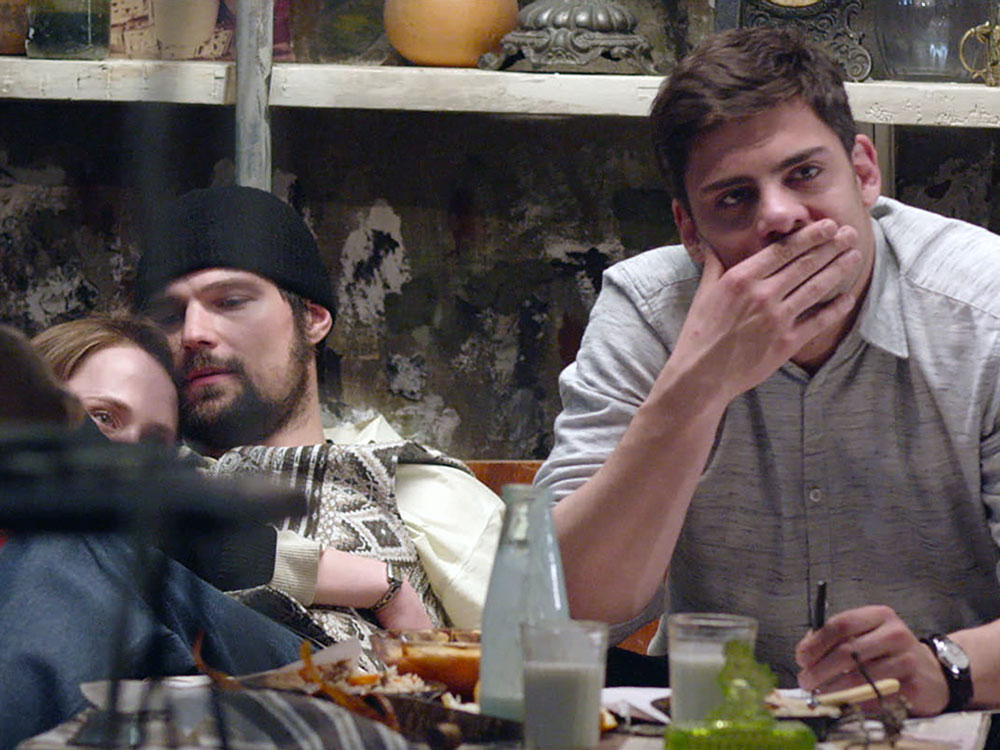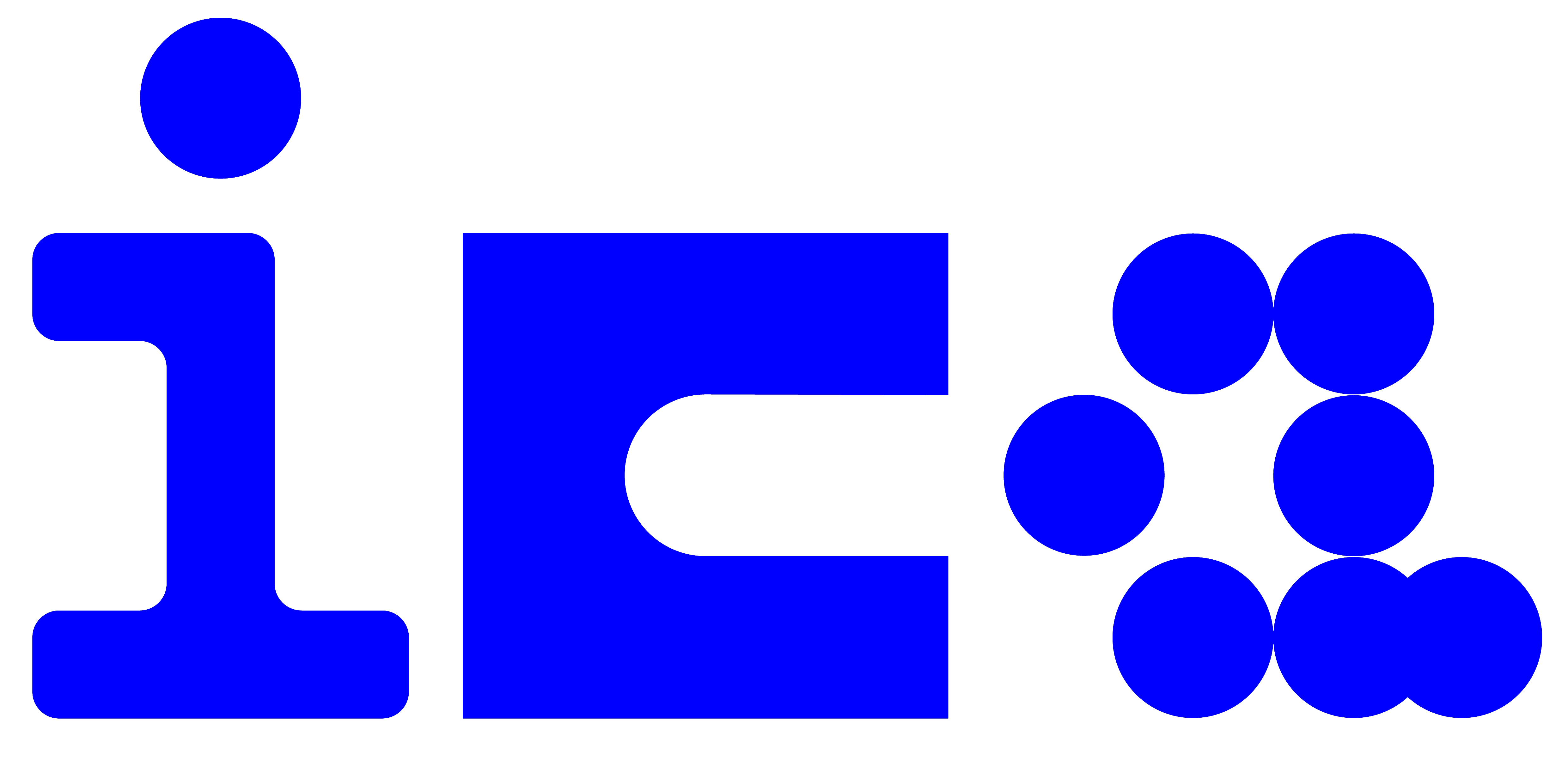ICA is closed from the 30 May – 3 June inclusive.


(Click to jump to a section of the exhibition)
Introduction
How do you tell the story of the losing side of a conflict when history has already been written by the winners?
– Christopher Kulendran Thomas
Christopher Kulendran Thomas: Another World explores an alternative approach to technology through the prism of the defeated revolution for an independent Tamil homeland.
During the Liberation War for Tamil Eelam (1983 – 2009), the de-facto state of Eelam was self-governed by a revolutionary movement that, in the early years of the World Wide Web, used the internet to build a globally distributed parallel economic system among the Tamil diaspora. However, the movement’s political ambitions were eclipsed by a bitter military conflict and in 2009 the Sri Lankan government brutally eradicated the autonomous Tamil state.
Another World contrasts some of the liberation movement’s lost cultural legacies with the contemporary realities that have unfolded in the wake of that war to both imagine and prompt alternate possible futures.
Developed together with Christopher Kulendran Thomas’s longtime collaborator Annika Kuhlmann, the exhibition features a newly commissioned immersive video installation, a series of algorithmically generated paintings, a suite of painted ceramics by Aṇaṅkuperuntinaivarkal Inkaaleneraam, and a new variation of the 2019 video installation Being Human, which looks at the relationship between human rights and the global art field in the artist’s family’s homeland.
Lower Gallery
The Finesse (2022) is a newly commissioned installation occupying the entirety of the ICA’s Lower Gallery. It features architectural drawings, anthropomorphic sculptures fashioned from ghillie suits, and a large-scale projection.
Part filmed and part-generated, the projection spans the gallery and explores Tamil Eelam’s unique ecosystem. It features forests planted by the Tamil liberation movement to build a self-sufficient, sustainable society. This foliage gives way to ancient historical sites now maintained by the Sri Lankan government’s archaeology task force, which many Tamils see as a means of occupying the Tamil homeland and disputing historical Tamil connections to the region.






Launching November 2022, the ICA hosts Earth, a research community convened to develop shared tools for new ways of living.
The project is accompanied by a public programme on decentralised societies and stateless nations.
To get involved, register at earth.net

With a soundtrack featuring the voice of Tamil revolutionary Vasuky Vakay Jayapalan, largely untold stories of that liberation movement and its possible legacies are recounted on five monolithic screens opposite this projection, confronting the challenges (or impossibility) of reliably narrating the losing side of a conflict. With parts of the video algorithmically generated anew each time it loops, it is never quite the same twice.
Combining archival footage with AI-generated processes to blur the boundaries between historical research and a sci-fi proposition for an alternate reality, The Finesse looks at how the art, architecture, and technology that were lost with the defeat of the de-facto state of Eelam could today inform radically different ideas of the future.

Image from the archives of Phoenix-TNG
Upper Gallery
Kulendran Thomas’ use of artificial intelligence technologies are extended into the field of painting in a body of new work exhibited throughout the Upper Gallery. These paintings are of PNG files generated by neural networks trained on the work of other artists. Exploring creativity itself as a humanist fiction that proliferates memetically, the algorithms used to generate these compositions are pre-trained on the art canon online, which is dominated by the same Western art history introduced to Sri Lanka (then Ceylon) by British settlers.
Kulendran Thomas is interested in the ways that particular conceptions of human expression are transmitted across time and place through the processes by which power is negotiated globally. Whilst at art school in London, he saw from afar his family’s homeland of Eelam wiped out with the brutal end of the war on island. In the months following that violence (and with the island’s short-lived post-war economic prosperity) he also observed the first white cube commercial galleries opening in the capital Colombo. These galleries projected liberal values internationally and represented a generation of Sri Lankan artists influenced by the Western canon.
Kulendran Thomas utilises artificial intelligence trained on the paintings of his contemporaries to analyse their art historical influences and extrapolates from those influences entirely new compositions that attempt to take their work further. The digital images generated by the algorithm are then painted onto canvas by the artist’s studio, bringing another layer of memeticaly filtered interpretation to the process.

dataset#1-run#2-network_010252-seed_0442.png (2022), acrylic on canvas

Still from Being Human (2019)
A new variation of the 2019 video installation Being Human, made in collaboration with Annika Kuhlmann, bisects the darkened room of the Upper Gallery. The work takes us on an elliptical journey around the island, from the fallout of the war to the biennial of contemporary art founded in its aftermath. Navigating undocumented histories, it combines real people’s lived experiences with AI-synthesised characters and features various invented guests of the Colombo Art Biennale, as well as a brief appearance from Kulendran Thomas’s uncle, who established the Centre for Human Rights in Tamil Eelam.
Upper & Lower Gallery
In the adjacent room of the Upper Gallery, a series of ceramic works by Aṇaṅkuperuntinaivarkal Inkaaleneraam extend the legacy of the revolutionary Tamil art that had its history erased with the annihilation of the de-facto state of Tamil Eelam. Fusing indigenous cosmology with an exploration of sexuality beyond Western binaries, Aṇaṅkuperuntinaivarkal Inkaaleneraam’s painted ceramics draw as much from Socialist Realism as from the ancient legends of the Tamil poets and scholars known as The Tamil Sangams.
In the Lower Gallery, military ghillie suits and appropriated Singhalese exorcism masks, seen in some of the footage used in the video component of The Finesse (2022), are remade to clad three anthropomorphic sculptures. Taking the ecosystems of the Eelam forests as an emancipatory social model Aṇaṅkuperuntinaivarkal Inkaaleneraam’s work is intrinsically collaborative and oriented towards experimenting with new forms of collectivity. Hung alongside Kulendran Thomas’s paintings in the Upper Gallery, these two bodies of work demonstrate tensions not just between different art histories but also between different approaches to the technologies of social organisation.


Both images from the archives of Aṇaṅkuperuntinaivarkal Inkaaleneraam

Image from the archives of Phoenix-TNG
Earth R&D Studio
Launching November 2022, the ICA hosts Earth, a research community convened to develop shared tools for new ways of living.
Prompted by the ideas underpinning The Finesse, the newly commissioned installation occupying the Lower Gallery, Earth’s residency at the ICA brings together collaborations across art, architecture and technology to explore new mechanisms for cooperative economies. The research and development programme is presented in collaboration with KW Berlin. It runs at the ICA through to January 2023, and continues beyond January at earth.net. Self-directed by participants, the project is itself an experiment in coordinating production. If networks replace nation-states, what will replace democracy?
To get involved, register at earth.net

Image from the Earth Net Archives
Biographies
Christopher Kulendran Thomas is an artist, of Tamil descent, who spent his formative years in London after his family left escalating ethnic oppression and civil unrest in the Tamil homeland of Eelam. Seeing, mostly from a distance, how an ascendent contemporary art scene in Sri Lanka blossomed from the ashes of ethnic cleansing on the island, he began examining the structural processes by which art produces reality. Now working across myriad disciplines, and often utilising advanced technologies, the artist’s studio is a fluid collaboration that brings together technologists, architects, writers, journalists, designers, musicians, activists and artists to explore various, as yet unrealised, possibilities at the intersection of culture, technology and citizenship. Studio collaborators include Olga Abramova, Nevo Bar, James Beatham, Billy Coulthurst, Henry Davidson, Anne Fellner, Jan-Peter Gieseking, Tobias Groot, Ilavenil Vasuky Jayapalan, Sophie Luck, Nivethan Nanthakumar, Justin Ng, Carl Rethman, Sonia Rettenmaier, Carla-Luisa Reuter, Julia Rosenstock, Emmy Skensved, Victor Stuhlmann, Mark Stroemich, Victor Payares and Ernie Wang.
Annika Kuhlmann is a curator, filmmaker and producer. She was director of Berlin’s Schinkel Pavillon and has worked on exhibitions for Haus der Kulturen der Welt (Berlin), BFI Miami, Kunstverein Harburger Bahnhof and Gropius Bau (Berlin). As co-founder of the artistic research project New Eelam, she has collaborated with Christopher Kulendran Thomas on exhibitions and film installations for the 9th Berlin Biennale, the 11th Gwangju Biennale, Berlin’s Hamburger Bahnhof – Museum für Gegenwart, Tensta konsthall in Stockholm, the Museum of Contemporary Art Chicago, the Institute of Modern Art Brisbane and Spike Island, Bristol. Kuhlmann is Artistic Director at earth.net
Aṇaṅkuperuntinaivarkal Inkaaleneraam’s origins lie in Eelam and in the clandestine artistic resistance that opposed the state suppression of Tamil culture on the island. Understanding art as part of a social process, many artists involved in the Tamil liberation movement worked pseudonymously and relied on collective solidarity to evade the Sri Lankan government, utilising the modest materials that were available in the besieged Tamil homeland. Though very little of their work survived the brutal end of the civil war that wiped out Eelam in 2009, the legacy of that creative scene now continues as a collaboration dispersed across the Eelam diaspora. Aṇaṅkuperuntinaivarkal Inkaaleneraam was and is an experiment in new forms of social organisation. It exists today as a Discord community, making use of technologies for DAOs (decentralised autonomous organisations) to collectively govern a distributed and fluidly autonomous collective inquiry into the lost histories and possible futures of Eelam art.










no. 236848.